In a nutshell: Picture an unbreakable digital diary, holding valuable information that anyone can read but no one can alter. Blockchain technology offers a transparent and secure way to record everything from financial transactions to ownership deeds, in a manner which facilitates trust.
Key Features: Decentralisation | Transparency | Traceability | Trust Facilitation | Disintermediation


At its core, blockchain is a distributed digital ledger that stores data of any kind.1 As a growing list of records, blockchain can record information about transactions of sorts of value, ownership, the execution of smart contracts (a concept to be discussed in the next toolkit chapter) and more.
While any conventional database can store such information, blockchain is unique in that it’s completely decentralised. Rather than being maintained in one location and governed by a centralised entity (think of an Excel spreadsheet or a bank database), many identical copies of a blockchain database are held on multiple computers, spread out across a network. These individual computers are called nodes. As fresh data is added to the ledger, a new ‘block’ is created and attached to the ‘chain’. This involves all nodes updating their version of the blockchain ledger in unison, ensuring that their ledgers remain identical.
How these new blocks are approved is key to why blockchain is considered highly secure. A majority of nodes must verify and confirm the legitimacy of the new data through what is called a ‘consensus mechanism’2 before a new block can be permanently added to the ledger. For instance, if an entity attempts to retroactively alter the ledger through one node, it is dismissed via comparison to the others. This is different from a standalone database or spreadsheet, where one person can make changes without oversight. In many blockchains, any participant can use their own computer to act as a node, increasing the number of network validators (sometimes to the millions) – a fact that reinforces decentralisation and increases trust and agency amongst participants. Meanwhile, while no single entity can corrupt the records, any participant can access and review them on the blockchain, transparently (open access).
Overall, this innovative mechanism makes blockchain the most advanced type of transparent, traceable, immutable and decentralised way to manage records for varied purposes. For these reasons, it is often used for managing the ownership of assets (whether digital, or representations of physical ones), for tracking different transactions of value (such as access to data, knowledge, intellectual property, and currencies), and for disintermediation in cases which previously required a trusted intermediary. As such, blockchain is often referred to as the ‘technology of trust’ - having the potential to enable the decentralisation of power and democratisation of processes, while facilitating trust.
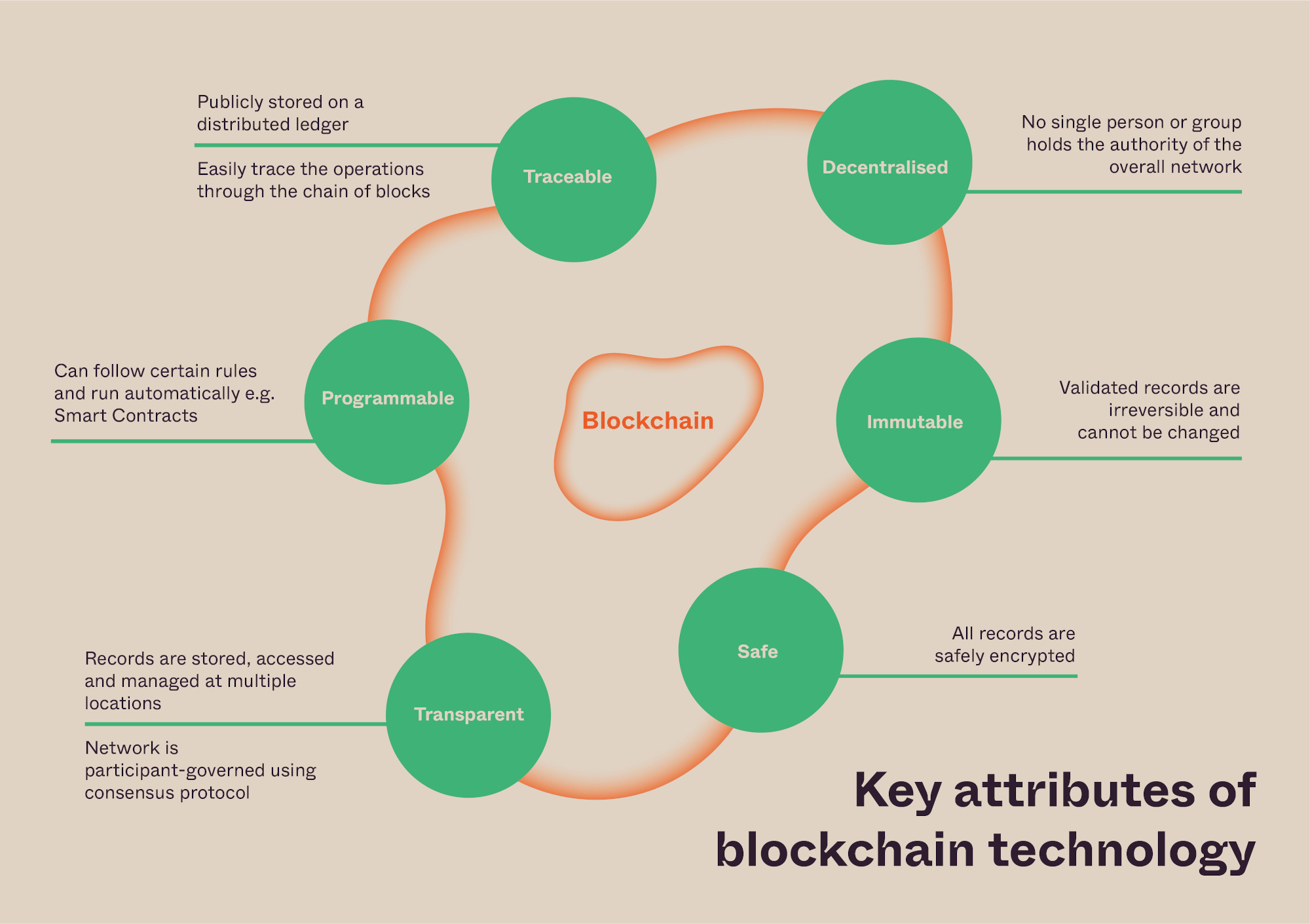
Combining encryption and distributed databases – two technologies that existed for decades – blockchain in its current form was only introduced in 2008 by the person/s known by the pseudonym ‘Satoshi Nakamoto’. In their whitepaper, “Bitcoin: A Peer-to-Peer Electronic Cash System”,3 they described a system that allows peer-to-peer value transactions without the need for an intermediary, laying the groundwork for today’s developments in blockchain. Although sometimes tied together, it is important to acknowledge that blockchain and cryptocurrencies are very different. Cryptocurrencies are just one application of blockchain technology, and the two should not be conflated.
Blockchain today represents a set of technologies which is constantly evolving through trial-and-error processes of innovation. Thus, those reading this toolkit should view the following concepts as processes and works in progress, rather than mature applications. Web 3.0 is an industry that routinely reinvents and churns out new paradigms, at an unprecedented pace.
It is also important to note that there is no ‘one blockchain’, and that various organisations have developed blockchains which differ in aspects such as their consensus mechanism, which thereby impacts their level of energy consumption, security, decentralisation, and overall efficiency.
Continue reading through this toolkit to find out more about the most recent blockchain concepts and how they are relevant to nature conservation.
To understand blockchain’s magnitude and potential to become mainstream, it is essential to be familiar with the social contexts in which it emerged. This is where it gets even more interesting and relevant. Enter ‘The Web 3.0 narrative’.
Web 3.0 is an idea for a new iteration of the internet which incorporates concepts such as decentralisation, blockchain technologies, and token-based economics. While in the 1990s, Web 1.0 enabled users to read through online content (‘read-only’); and in the early 2000s, Web 2.0 enabled users to become content creators themselves, such as through blogs and social media (‘read-write’); Web 3.0 aspires to enable users to own and exchange the content they create through blockchains (‘read-write-own’). This represents a whole new set of value propositions to users everywhere.
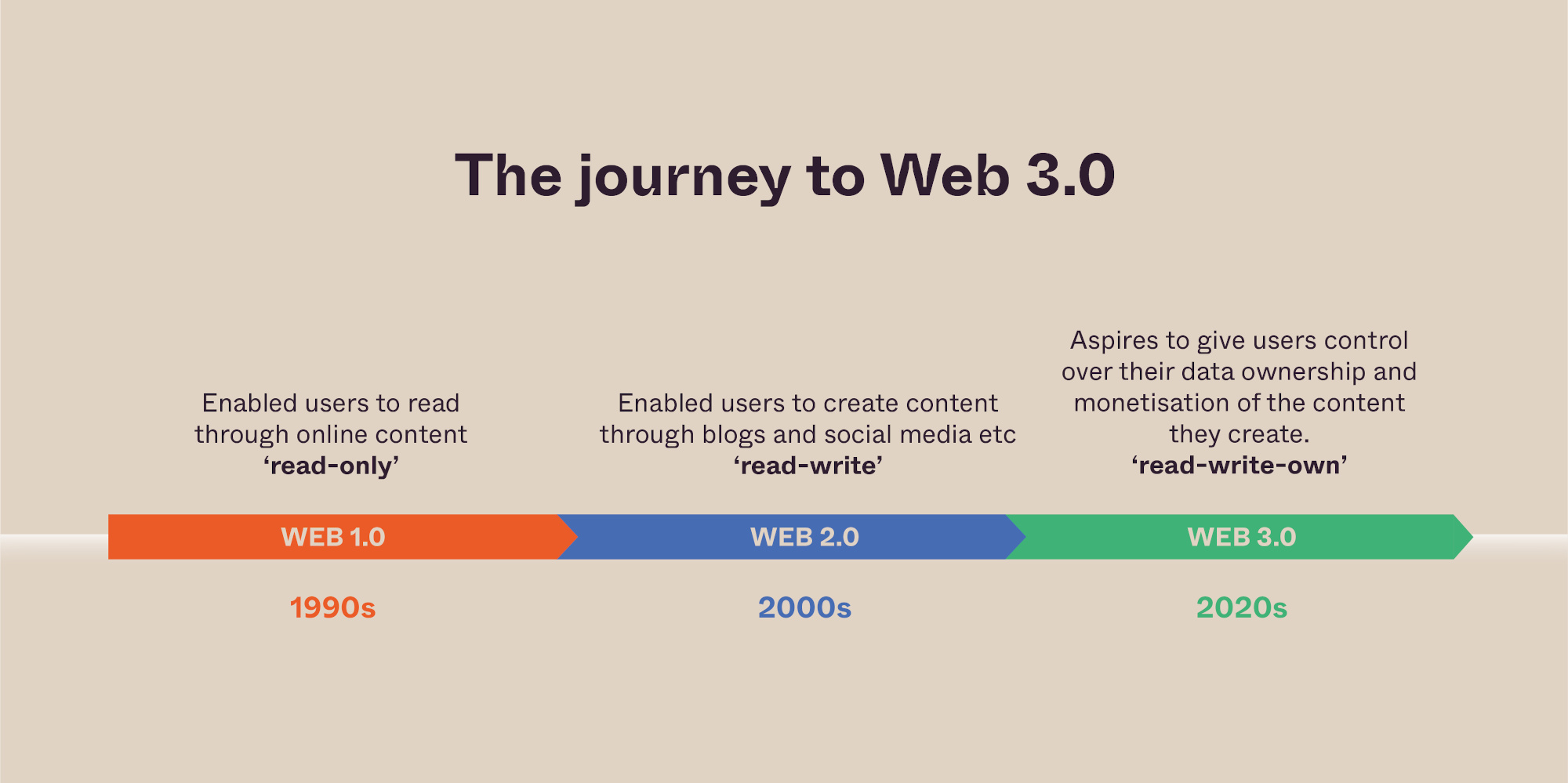
This new narrative has not emerged in a vacuum and correlates with overall public motivations over the past decade. This includes widespread criticism of big-tech companies and other centralised organisations that control and monetise users' content and private data or benefit largely from acting as intermediaries. It also resonates with social justice movements calling for the redistribution of power and resources, and more agency for original or native asset holders, such as indigenous communities and knowledge.
Similar to the internet in its early days, these social trends and narratives have turned blockchain from a mere technology into an intriguing concept backed by a growing social movement that characterises and energises its adoption. As of 2022, it is estimated that over 300 million people worldwide own Web 3.0 assets, 72% of which are aged under 34, with emerging market countries dominating the adoption curve.4 5 It is important for conservation organisations to internalise this realisation because blockchain opens opportunities not only to facilitate trust and decentralise processes through its technological attributes, but also to engage the wider public and younger generations, and align with audiences that see it as a key element of their worldview.
In this toolkit, the term Web 3.0 is used as a comprehensive term to describe the entire emerging blockchain space.
1What Is Blockchain? (Forbes, 2022).
2A consensus mechanism is the process used by a group of peers, or nodes, on a blockchain network to agree on the validity of transactions submitted to the network. Dominant consensus mechanisms include Proof of Work (PoW) and Proof of Stake (PoS).
3Bitcoin: A Peer-to-Peer Electronic Cash System
4Cryptocurrency across the world (2022)
5The Chainalysis 2022 Geography of Cryptocurrency Report
At its most basic, blockchain can be used for its transparency, traceability, and immutability - attributes to facilitate trust in cases where it is most needed in conservation. The following are just a few examples of what blockchain can potentially enable for nature:
1. New and efficient conservation models, through disintermediation
At a time when conservation funders and philanthropists are pushed towards the enablement of non-restricted funding, and big conservation Non-Governmental Organisations (NGOs) are under scrutiny for the way such funds are distributed - blockchain could potentially enable new models to emerge. This might be through using the technology’s transparency and traceability attributes to enable a more efficient monitoring of funds, thus enabling funders to monitor their donations, while easing the reporting pressure on practitioners. Or, by completely disintermediating current models in the sector, thereby enabling a more direct, and in some terms more efficient, connection between conservation funders, communities, and practitioners on the ground. Minimising the need for big international NGOs to act as trusted intermediaries may also lead to a reduction of costs and more funding going to where it’s needed the most in conservation.
2. Building trust into supply-chains
Sustainable supply chains face challenges such as a lack of alignment in responsibility and sustainability frameworks across a chain, difficulty in monitoring complex supply chains, and the lack of public access to a supply chain's information. Blockchain’s ability to record information in a verified, tamper-proof and transparent manner opens the door to overcoming these challenges. Individual products can be represented on the blockchain by a unique digital identity (ID); their origin is verified, their route throughout the chain is recorded and traced, and the information is shared with the end consumer via the open-source nature of blockchain. In this case, blockchain acts as a catalyst for sustainable supply chains because it can help nurture consumer trust and sustainable consumer behaviour.
3. Scientific data and indigenous knowledge sharing
Some of the reasons scientific data and other knowledge types are not widely and openly shared among conservation actors may be attributed to trust-related concerns over data governance, intellectual property and benefit sharing, and the fact that once shared it is hard to know how information is being used. Sharing information through a blockchain can enable the traceability of knowledge transactions (who accessed what data and when); an instant, automated compensation for those sharing knowledge (either in a monetary form, through impact scores, or any other incentive mechanism); and a direct line-of-communication between researchers or other knowledge holders and those using their knowledge. This may enable, for instance, grantmakers to have better insights into how the knowledge produced by their supported projects is being used, and what impact it truly has. Or it may enable the wider implementation of international treaties such as the Convention on Biological Diversity’s (CBD) Nagoya Protocol on Access and Benefit Sharing.
1. Distinct blockchains, also known as ‘layer-1s’, differ in things like their underlying consensus mechanisms, which influence their energy consumption, level of security, decentralisation, and overall efficiency. Ethereum, the second largest layer-1 blockchain available today, recently transformed its consensus mechanism from Proof-of-Work (PoW) to Proof-of-Stake (PoS)6 - making its blockchain 99% more energy efficient. Tezos, one of the first blockchains to adopt PoS, is an energy-efficient layer-1 with an average yearly CO2 footprint of 17 global citizens. Celo is a blockchain built with the intention of becoming the first carbon-neutral blockchain, while also promoting the development of applications for regenerative practices on their network.
2. OpenSC has launched an online platform in partnership with WWF-Australia which uses blockchain to track products and help people to avoid illegal, environmentally-damaging or unethical products. By assigning a unique digital ID to an individual product at its point of origin (such as the moment a fish is caught at sea) and recording it on a tamper-proof blockchain, the platform verifies, traces and shares information throughout a product’s journey along its supply chain.
3. Earth Bank of Codes, in partnership with the World Economic Forum, is building an open digital platform that enables the trusted sharing of genetic resources data. The platform harnesses blockchain technology to track who is using which data, and to automatically distribute any commercial value that results from its use to the country of origin. It does so by codifying rights and obligations related to data usage to stimulate innovation while protecting provider countries and communities, thereby enforcing the Nagoya Protocol.
Interested in running an application on a blockchain? Here are things you should consider:
As the blockchain space evolves at a staggering pace, it is crucial to check when the learning resource you consult was published, and whether it is up-to-date. For this reason, we will include the dates when the suggested resources were published and will update them when necessary.
Learn more about Blockchain in the following short videos:
Learn more about Web 3.0 in the following resources: